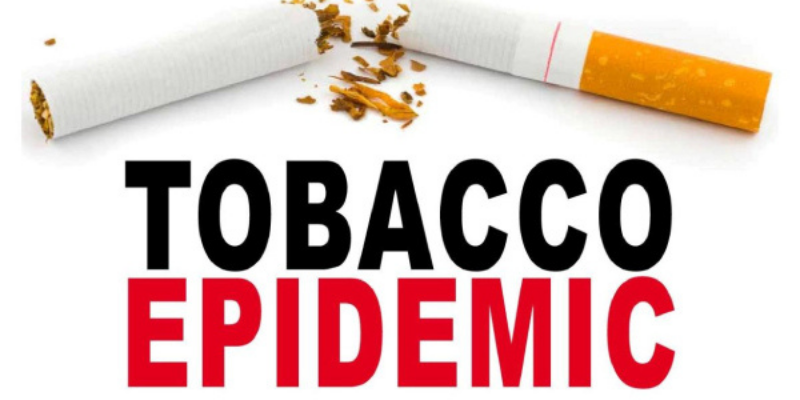India has gained global recognition in the fight against tobacco use, as highlighted in the latest Global Tobacco Epidemic Report published by the World Health Organisation (WHO). The report identifies India’s graphic health warnings on tobacco products as among the most effective worldwide. This acknowledgment places India among the global leaders in public health advocacy, especially in the realm of tobacco control.
Understanding the Global Tobacco Epidemic Report
The Global Tobacco Epidemic Report is released periodically by WHO and evaluates countries based on their implementation of the MPOWER framework, a set of six proven strategies to curb tobacco use:
- Monitor tobacco use and prevention policies
- Protect people from tobacco smoke
- Offer help to quit tobacco use
- Warn about the dangers of tobacco
- Enforce bans on advertising and promotion
- Raise taxes on tobacco
India has made notable strides in multiple areas, reflecting the country’s dedication to reducing tobacco consumption and its associated health risks.
India’s Progress: Graphic Health Warnings Lead the Way
A key highlight of India’s success in the Global Tobacco Epidemic Report is the country’s effective use of graphic health warnings. India mandates that 85% of tobacco packaging must display pictorial warnings, which is among the largest display requirements globally. These warnings serve as a powerful tool in:
- Educating the public on the risks of tobacco
- Deterring potential users, especially youth
- Reinforcing anti-tobacco campaigns
India introduced these warnings in 2007, and their size and graphic content have been periodically enhanced, contributing significantly to public awareness.
Tobacco Use in India: A Continuing Concern
Despite regulatory progress, tobacco use remains widespread in India. As per 2023 data:
- 7% of adults are daily smokers
- 38% of men and 9% of women use some form of tobacco
These figures remain above the global average, indicating that while regulations are in place, their implementation and enforcement require strengthening. The continued high prevalence, especially among men, is a public health concern that India must urgently address.
India’s Legislative Framework for Tobacco Control
India has introduced robust legal measures to curb tobacco use:
- Smoking is banned in indoor public spaces, though designated smoking areas are still permitted in hotels, restaurants, and airports.
- Advertising restrictions are among the most comprehensive in the world, extending to all forms of digital and broadcast media.
- Recent updates include rules targeting over-the-top (OTT) streaming platforms, preventing them from promoting tobacco indirectly through product placements or character portrayals.
These measures show India’s proactive stance in closing loopholes that allow tobacco marketing to reach the public.
Challenges: Industry Interference and Taxation Gaps
The Global Tobacco Epidemic Report also outlines areas where India needs improvement:
- Tobacco industry interference in policymaking remains a significant challenge.
- Tobacco taxation is insufficient. Currently, only 15% of the global population is protected by high tobacco taxes. In India, relatively affordable tobacco products remain accessible to vulnerable groups, including youth and low-income populations.
Increasing tobacco taxes is a proven strategy to reduce consumption and raise funds for healthcare programs, and this is an area India must prioritize going forward.
A Global Context: India’s Role on the World Stage
India’s leadership in the Global Tobacco Epidemic Report aligns with a growing global movement. As of 2024:
- 110 countries have implemented graphic health warnings
- 62% of the global population is now protected by at least one MPOWER measure
Countries like Brazil and Turkey have successfully implemented a full range of tobacco control strategies, providing models for global collaboration. India’s contribution, especially in terms of warning labels and advertising bans, is seen as a beacon for other low- and middle-income countries.
Conclusion: India’s Next Steps in Tobacco Control
The WHO’s Global Tobacco Epidemic Report reaffirms India’s substantial progress in tobacco control, particularly through its strong warning label regulations and legal framework. However, challenges such as industry interference and low taxation rates remain.
As the country continues to combat tobacco-related diseases, further reforms—especially in taxation, public education, and cessation support—are essential. With global support and internal commitment, India can not only protect its citizens but also set a benchmark for tobacco control efforts worldwide.



